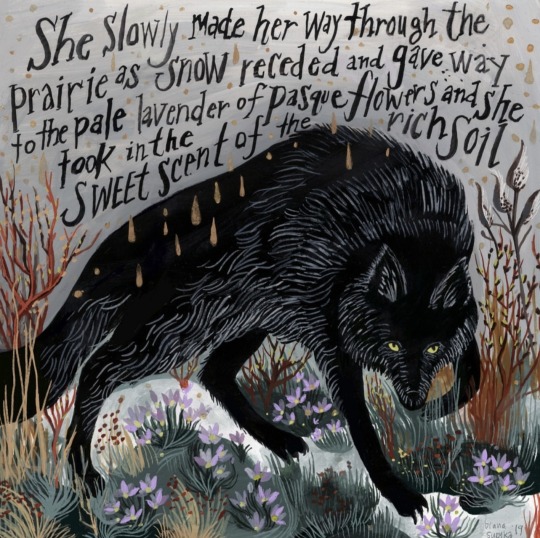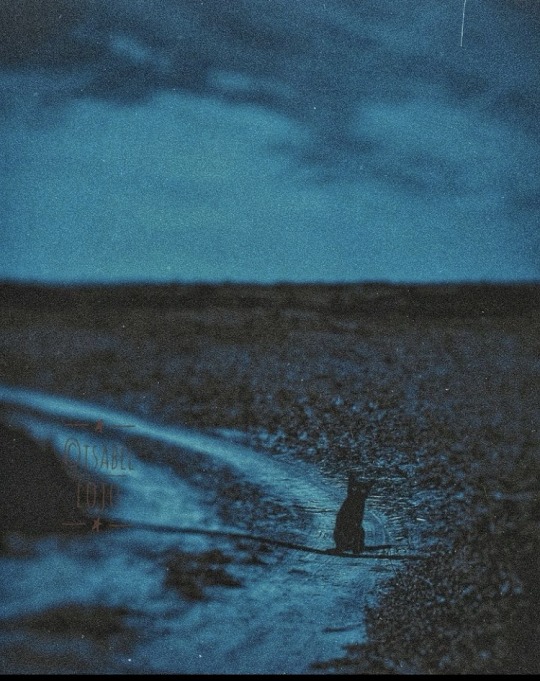Text
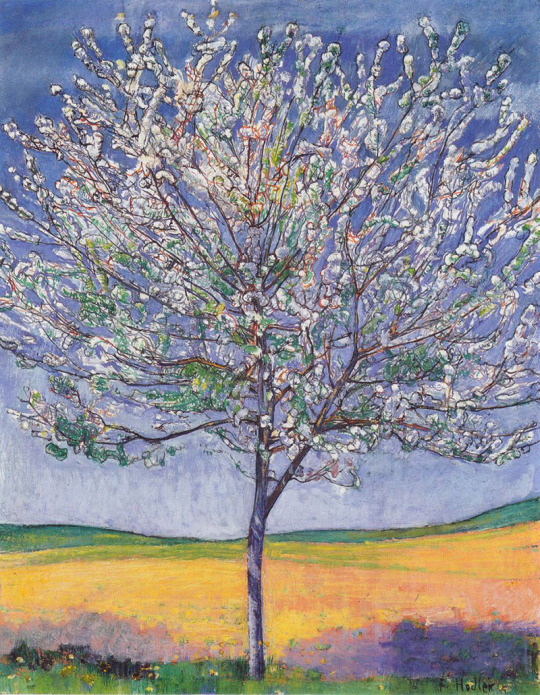
Ferdinand Hodler - Cherry Tree in Bloom (1905)
155 notes
·
View notes
Text
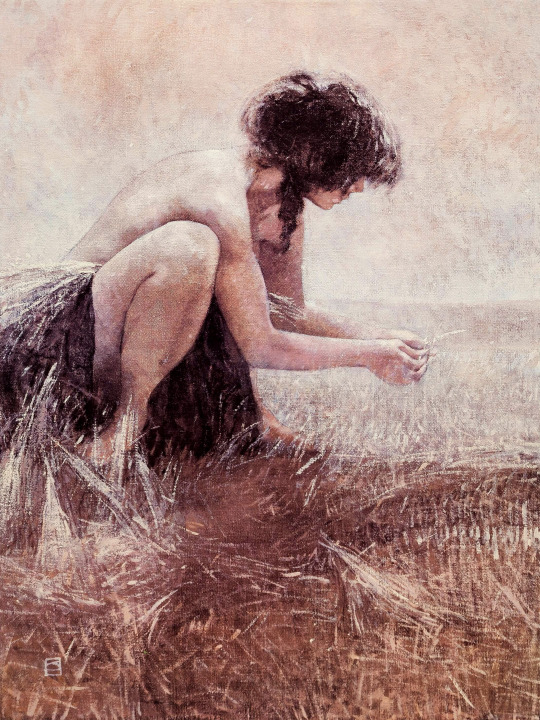
JEFFREY JONES
Spring In Gold
Oil on Canvas
216 notes
·
View notes
Photo

“The Sacrifice and the Resurrection” or “Ode to Spring”, from Andrea Zanatelli’s embroidery series
2K notes
·
View notes
Text
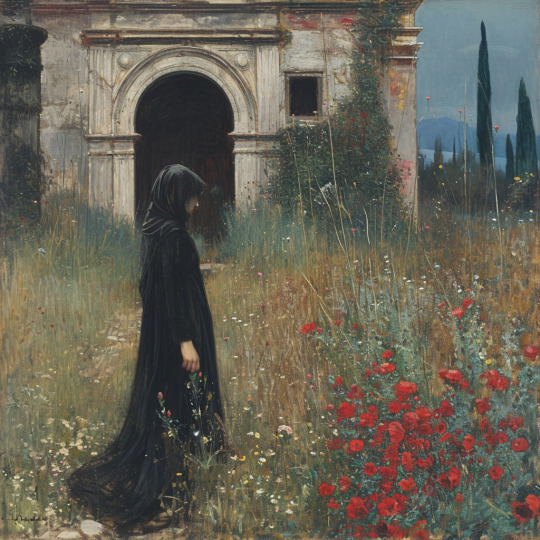
"The Mausoleum" by Emile Corsi, 1855
1K notes
·
View notes
Text

Untitled by Charles Livingston Bull,
(1874 - 1932)
1K notes
·
View notes
Text

Robert Moony - The Wishing Stream (1926)
443 notes
·
View notes
Text


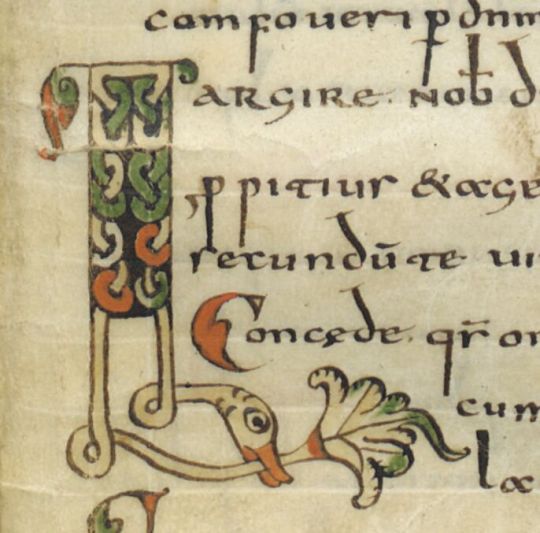
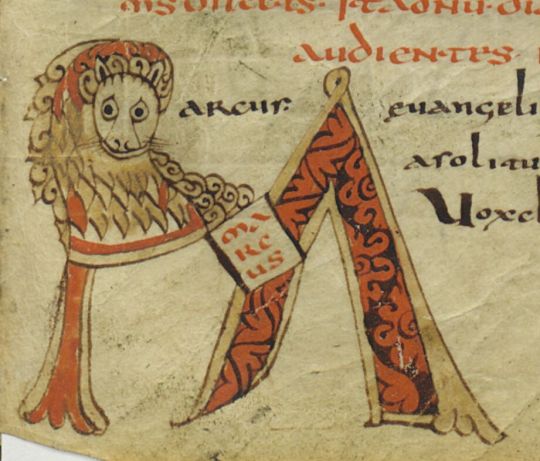



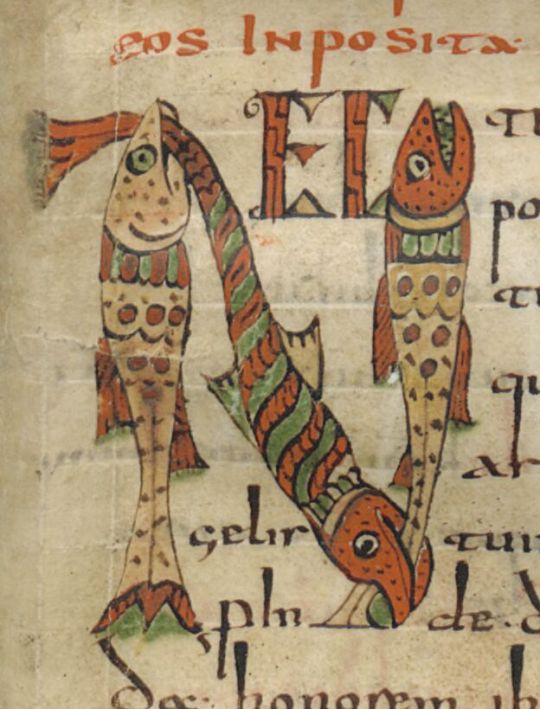
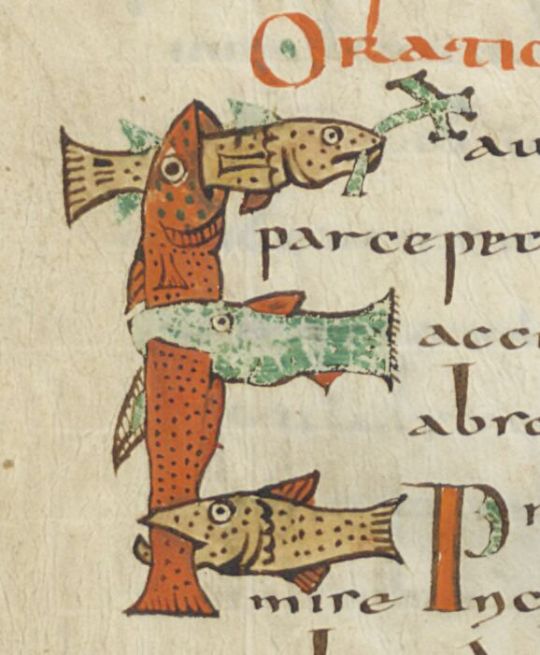
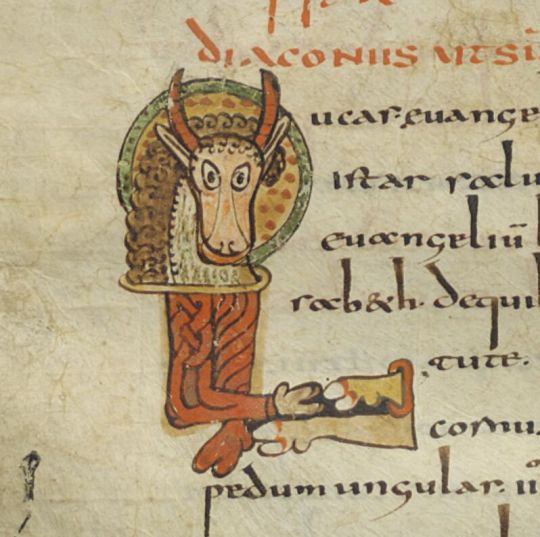
wonderfully joyful and creative calligraphy
in the "Sacramentarium gelasianum" (latin manuscript), France, ca. 780-800
source: Paris, Bibliothèque nationale de France, Département des Manuscrits, Latin 12048.
930 notes
·
View notes
Photo
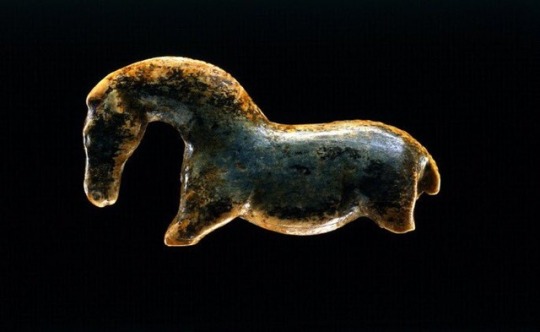
The Vogelherd horse – the oldest known sculpture of a horse. It was crafted in woolly mammoth ivory with flint tools over 35,000 years ago in southern Germany.
5K notes
·
View notes
Photo
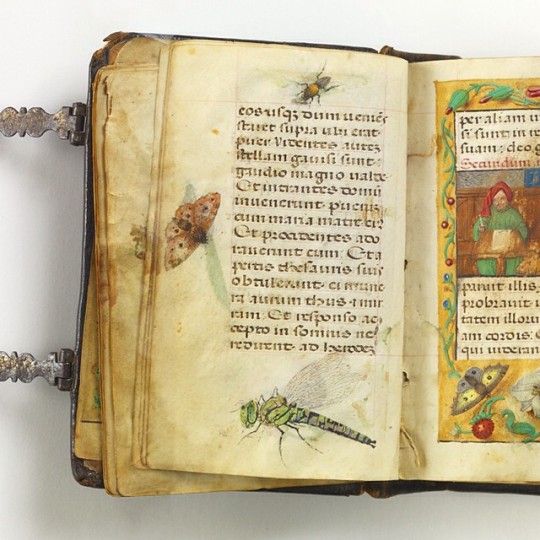
Naturalistic dragonflies, butterflies, and flowers are just one secular aspect of this 15th century Flemish Book of Hours in our Cooper Hewitt Library collection. Find out more on our blog: http://s.si.edu/YGG2gP
626 notes
·
View notes
Text
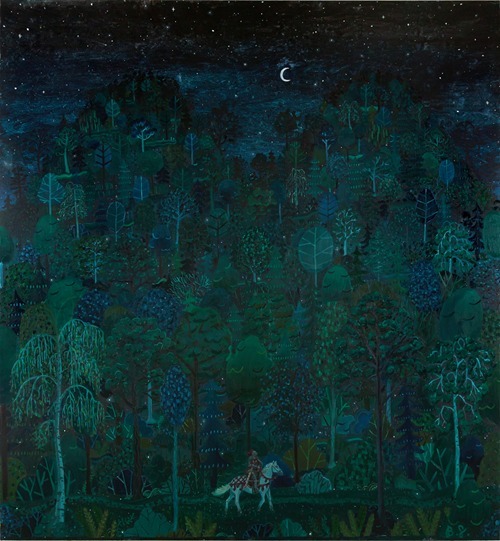
'The Knight in the Night'. Ben Sledsens. 2018.
247 notes
·
View notes
Text





❄️🪶Goofy Ravens Playing in the Snow🪶❄️
30K notes
·
View notes
Text
Hag Stone
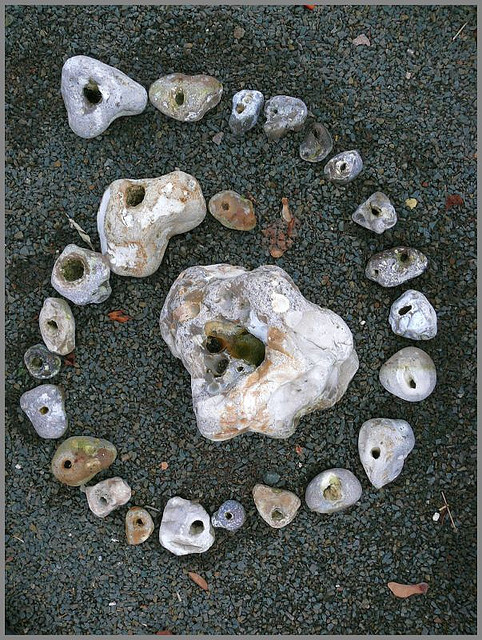
A Hag Stone is a stone that can be found in nature with natural holes in it. Other names for these stones include Holy Stones, Odin Stones, Faerie Stones, Adder Stones, witch stones, serpent’s eggs, or snake’s eggs.
In folk lore, these stones are rumored to ward off the unwanted spirits, curses, sickness, and nightmares. They are also said to be used as “windows or doorways to see ‘otherworlds’, invisible spirits, or how a being ‘really’ looks beyond their glamoury.”
They can be placed above the entrance to one’s home to absorb negativity that may enter. They can also ward off night hags and have for centuries been known as a favorite talisman by Cunning Folk to dispel the evil eye. In Italian witchcraft it is believed that gazing through these stones can allow one to peer into the fae realm or the stones could even be a key into the realm of the fae.
They can even break illusions that are cast by evil witches or the fae.
“The legendary druid Mug Ruith was said to have a stone which could turn into a poisonous eel when thrown in water, this may be a reference to an Adder Stone.”
Sources: x x x
2K notes
·
View notes
Text

Thomas Edwin Mostyn (English, 1864-1930)
Womanhood
3K notes
·
View notes
Text

Pierre-Félix Wiesener - "The Ride of a Warrior Ghost" (1850)
spectral_insomnia
38 notes
·
View notes
Text

Cupid and Psyche - Palace Green Murals - Cupid Flying away from Psyche (1881) by Sir Edward Burne-Jones and Walter Crane.
Oil painting.
A scene from William Morris' 'The Earthly Paradise'.
Photo by Birmingham Museums Trust, licensed under CC0.
120 notes
·
View notes
